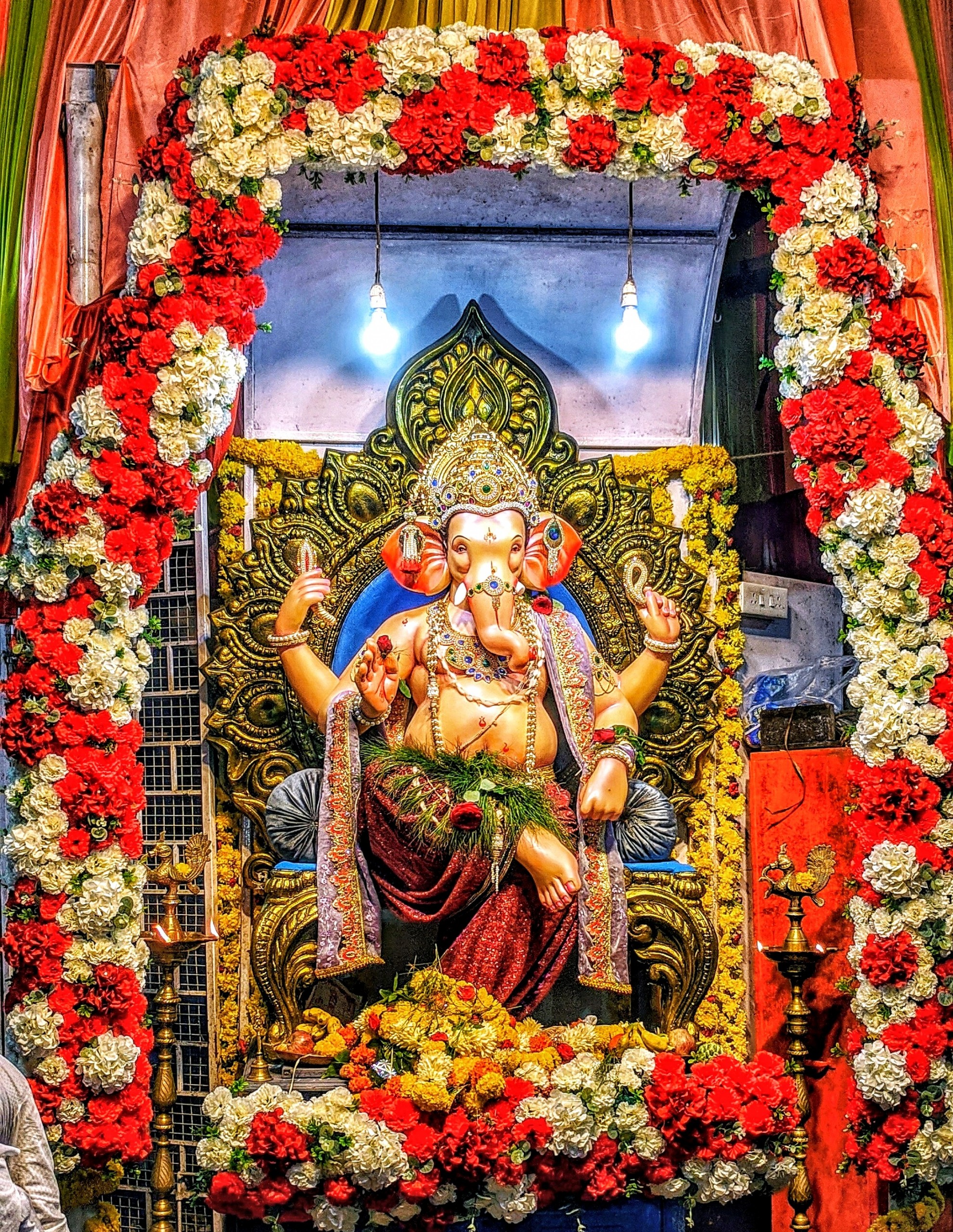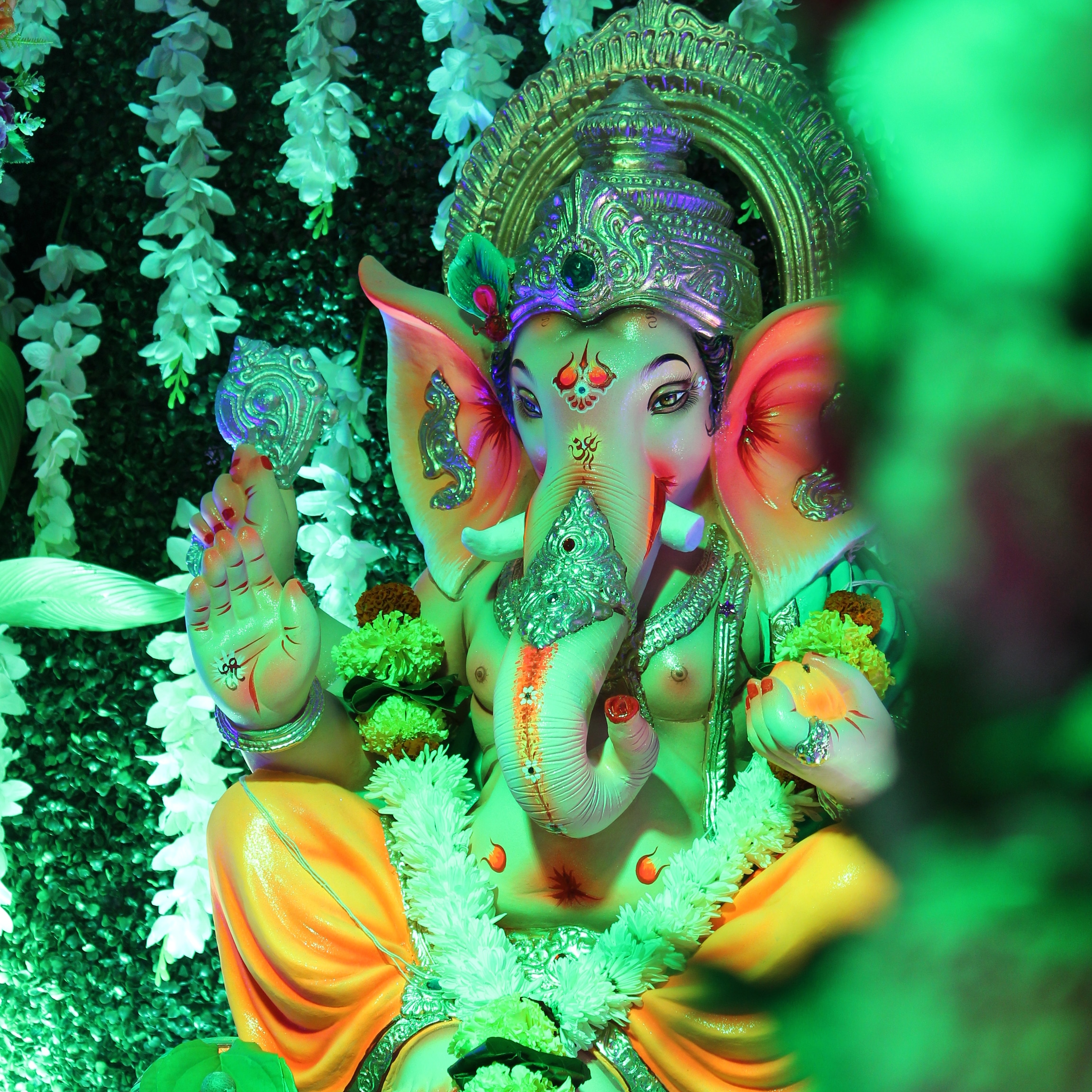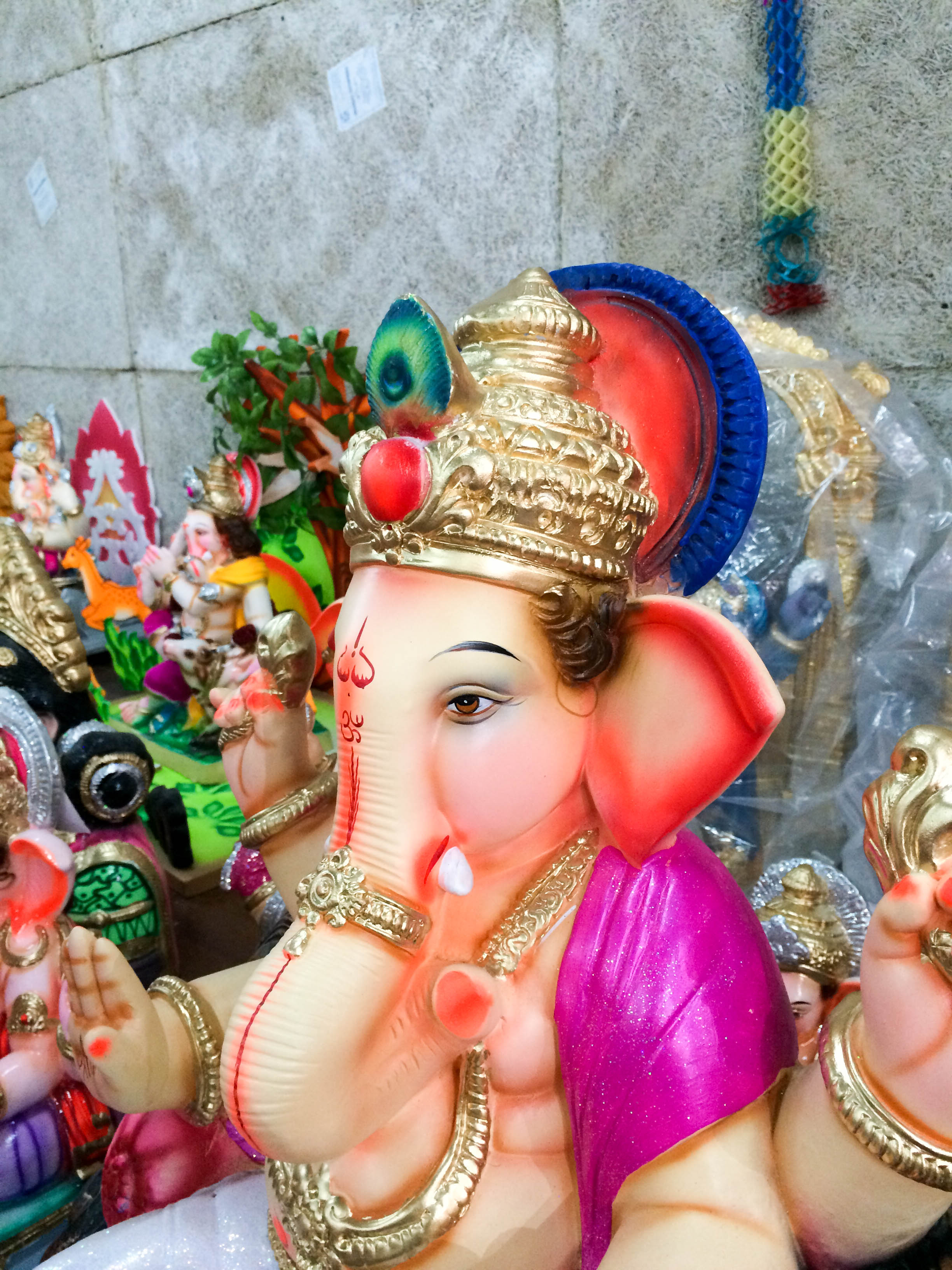Ganesh Chaturthi, otherwise called 'Vinayak Chaturthi' or 'Vinayaka Chavithi' is the day when all Hindus commend perhaps of the most well known divinity, Lord Ganesh.
The celebration is seen in the Hindu schedule month of Bhaadrapada, beginning the shukla chaturthi (fourth day of the waxing moon). This implies the date will regularly fall between August nineteenth and September twentieth.
Toward the beginning of the celebration, icons of Ganesha are put on brought stages up in homes or in extravagantly enhanced open air tents. The love starts with the pranapratishtha, a custom to conjure life in the symbols, trailed by shhodashopachara, or the 16 different ways of offering recognition. In the midst of the reciting of Vedic songs from strict texts like the Ganesh Upanishad, the icons are blessed with red sandalwood glue and yellow and red blossoms. Ganesha is likewise offered coconut, jaggery, and 21 modaks (sweet dumplings), viewed as Ganesha's #1 food.
At the finish of the celebration, the symbols are conveyed to nearby streams in immense parades joined by drumbeats, reflection singing, and moving. There they are drenched, a custom representing Ganesha's back home excursion to Mount Kailas — the dwelling place of his folks, Shiva and Parvati.
Ganesh Chaturthi expected the idea of a function public festival when the Maratha ruler Shivaji (c. 1630-80) utilized it to empower patriot feeling among his subjects, who were battling the Mughals. In 1893, when the British restricted political congregations, the celebration was resuscitated by the Indian patriot pioneer Bal Gangadhar Tilak. Today the celebration is commended in Hindu people group overall and is especially famous in Maharashtra and portions of western India.
History of Ganesh Chaturthi
Ganesh may likewise be known by the names Ganapati, Ekadanta, Vinayaka, Pillaiyar and Heramba.
This stays perhaps of the most broadly celebrated celebration in the country, somewhat in light of the fact that Ganesh is one of the most well known gods for love. His gifts are frequently conjured at strict functions as he is the person who can eliminate all snags to progress, especially when individuals are beginning another business or undertaking. Ganesh is known as the provider of fortune and one who can assist with staying away from normal disasters. Ganesh is additionally the benefactor lord of voyaging.
Ganesh is portrayed with an elephant's head on a human body and in the Hindu custom, he is the child of Lord Shiva and the Goddess Parvati.
The introduction of Lord Ganesha has two histories. The first is that he was brought into the world while the goddess Parvati was cleaning up. Ganesha — a kid at that point, was asked by Shiva to watch the entryway while his accomplice Parvati completed her shower. At the point when Shiva returned later, Ganesh denied him admittance to his home, infuriating Shiva and making him slash off Ganesha's head. Bothered and shattered by this episode, Parvati requested that another head be found for Ganesha. Everything that was figured out how to be found was an elephant head, which was then put on the collection of Ganesha. The subsequent form is less well known, letting us know that Ganesha was the cognizant making of Shiva and Parvati, upon order from more noteworthy superb elements. Ganesha's motivation was to hinder the way of devilish substances.
How is Ganesh Chaturthi celebrated?
In specific pieces of India, for example, Andhra Pradesh and Maharashtra, the celebration is praised for ten days and is an extremely open event. Somewhere else it very well might be praised in homes, where psalms are sung and contributions made to Ganesh. Desserts are a typical contribution as Hindu rumors have spread far and wide suggesting that Ganesh loved them.
Upon the arrival of the celebration, earth icons of Ganesh are put in homes or outside in designed tents for individuals to view and pay their tribute. Clerics will then, at that point, summons life into the icons while mantras are recited, in a custom known as 'pranapratishhtha'.
A considerable lot of the Ganesh symbols will be set outside under Bodhi Trees (Sacred Fig). The Bodhi tree is loved as an extraordinary wellspring of cures and is utilized to treat up to 50 unique diseases. It likewise has a special capacity in that it can create Oxygen at evening rather than Carbon Dioxide. These sound parts of the tree make it a famous spot for individuals to venerate at, as it is viewed as an extraordinary healer to fix diseases normally.
Ganesh Chaturthi turned into the celebration style public festival today is in India when the Maratha ruler Shivaji utilized it to empower patriot opinion among his subjects, who were battling the Mughals. In 1893, when the British restricted political congregations, the celebration was restored by the Indian patriot pioneer Bal Gangadhar Tilak.








